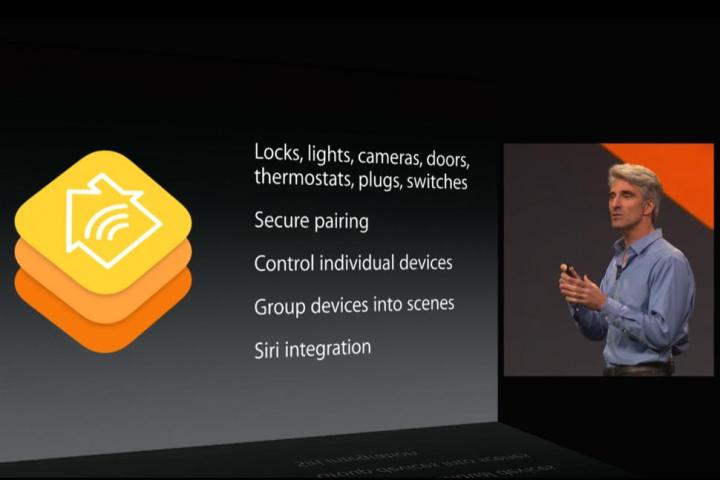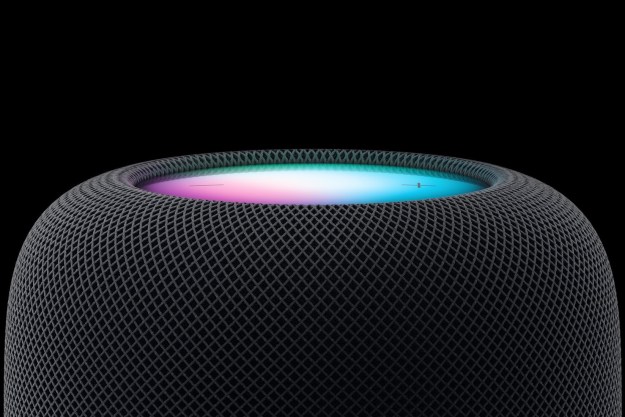
There have long been hints about the Apple TV role in HomeKit, and the inclusion of HomeKit support in the developer beta of Apple TV firmware 7.0 all but confirmed it. But now an update to Apple’s website walking customers through setting up the system cements the device’s central role in automating your home.
“If you have an Apple TV (3rd generation or later) with software version 7.0 or later, you can control your HomeKit-enabled accessories when you’re away from home using your iOS device,” according to Apple. Certain apps will allow users to link devices together, creating “scenes,” such as lowering the lights and thermostat before bed.
Each device you want to control using HomeKit will need to run iOS 8.1 or later, but there is a slight chance that iOS 9 will run on older devices. As long as the Apple TV and iOS device are connected to the Internet, you can use Siri commands to control things in your home. It’s much easier to whip out your phone and tell Siri, “Turn off the lights,” than it is to unlock your phone and fire up an app. It’s especially useful to do so if you realize you’ve left them on while heading to the airport.
Here is a running list of Apple HomeKit devices.
Editors' Recommendations
- SharePlay is coming to Apple TV and HomePod
- Apple TV with Zoom means it’s finally time to call your mother
- The Apple TV remote finder isn’t as good as a case and AirTag
- Apple Vision Pro brings TV, 3D movies to a massive, 100-foot-wide screen
- LG brings Apple TV, Apple Music, and AirPlay to webOS Hub-based TVs




